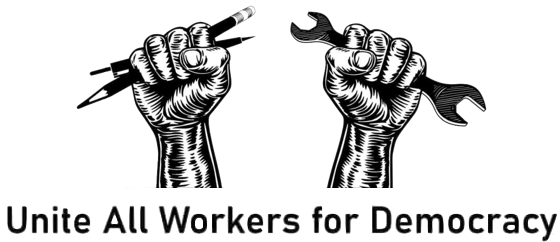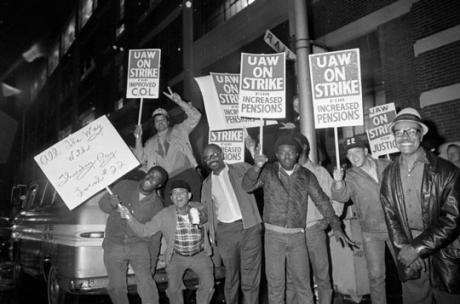The strike itself is sometimes actually part of the strategy to control the workers – albeit a costly one. A fascinating series of articles in the Wall Street Journal described “union-management cooperation” to get the workers back to work and build up the authority of the union in the course of the 1970 General Motors strike. According to the series, after U.A.W. President Reuther died suddenly, “G.M. had to consider the crisis at Solidarity House, the U.A.W.’s headquarters, and the problems of a new union president-problems that could influence U.A.W. control over the men in G.M. plants.”2 G.M.’s “goal was union help to bolster productivity.”3 From the union-management viewpoint, a strike was necessary for three reasons. First, a long strike would
“help to wear down the expectations of members, expectations that in the current situation have been whetted by memories of recent good times and by the bite of inflation. This trimming of hopes eases the difficult task of getting members to ratify settlements leaders have negotiated. (More than one of every 10 agreements hammered out by union officials is rejected by union members.)

